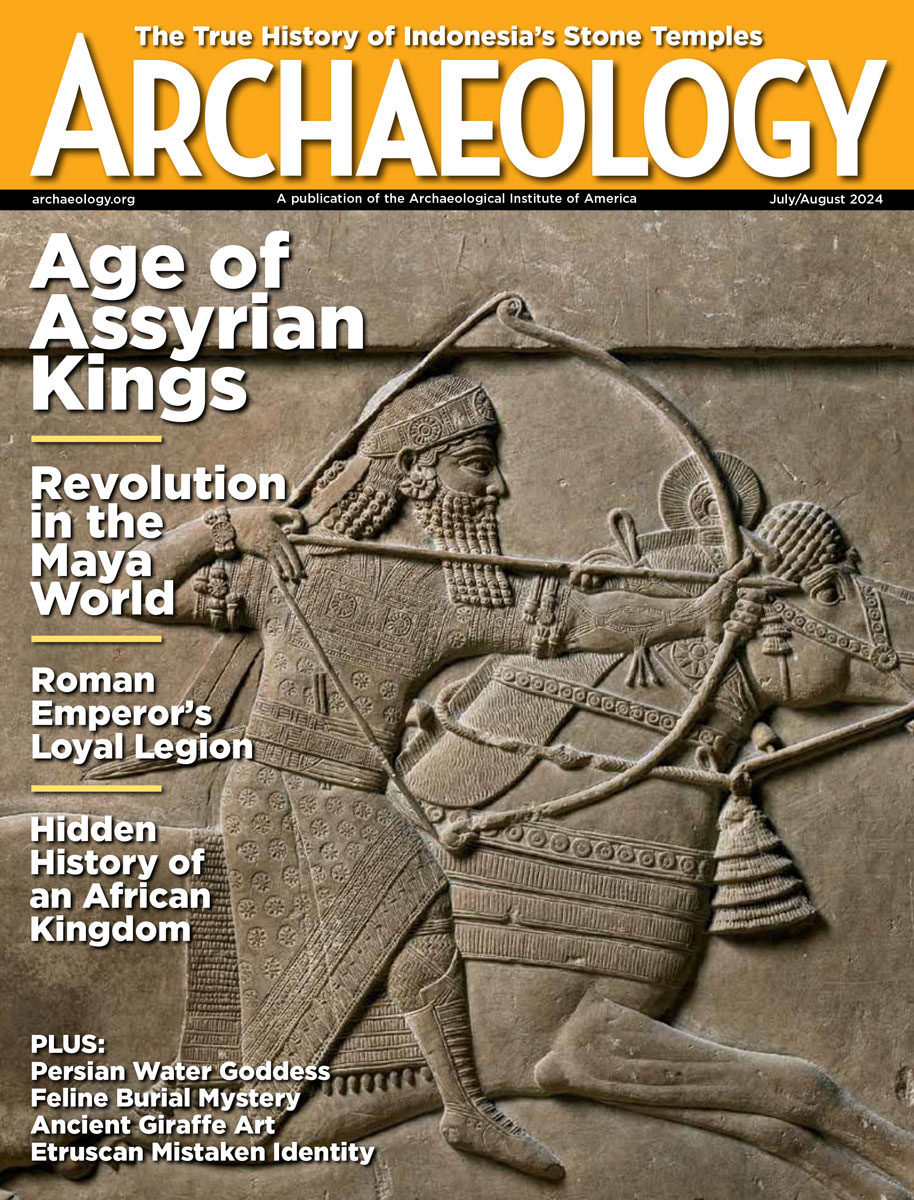Friday, August 22
August 22, 2008
This in-depth article about the FBI’s art crime squad includes some discussion of Iraq, but it is fascinating for what it says about the scale of art theft in general.
Is 58-year-old teacher Manfred Huchthausen’s DNA really a “match†of that extracted from 3,000-year-old skeletons found in the Lichtenstein Cave “a short drive away from Manfred’s village†in the Harz Mountains? Apparently, someone at the University of Goettingen thinks so, but not much by way of specifics here…
The sequel to Bigfoot I: The Gorilla Suit has just opened. Its title—no surprise—is Bigfoot II: The Lawsuit. Looks like William Wald Lett Jr. of Eaton, Indiana, is unhappy after handing over $50,000 in cash for the frozen costume.
The Mexican cement giant Cemex is donating $40 million for construction of the Grand Egyptian Museum at Giza (note this report is in Spanish). The Egypt-cement connection continues in the next item.
Scroll down a bit on this page and you can see a photo of the 45-inch cast cement figure of the Egyptian god Horus recently discovered during a routine brush-clearing in Marin County, California. It weighs an estimated 1,200 pounds. If you have any information about it, please call the Mill Valley Police Department.
This brief note says authorities in Iran’s Western Azerbaijan province captures smugglers, closed four illegal excavations, and recovered artifacts including “two 24 carrot gold human statues†of the Sassanid period. Interesting find, that.
- Comments Off on Friday, August 22
Thursday, August 21
August 21, 2008
Little new information is available about Peru’s move in U.S. District Court in Tampa to make a claim to finds from the shipwreck known as the Black Swan. Spain and Peru have yet to comment.
“My adrenaline was through the roof,” says UDOT archaeologist Pam Higgins about discovery of a “pristine†1,200-year-old Anasazi dwelling in southern Utah.
Archaeologists working in a crawl space beneath the floor of St. Peter’s church in Bermuda found the skeleton of Governor George James Bruere. The governor’s whereabouts had been forgotten for the past 228 years.
Some Long Island residents are not happy with the pace at which a dredging project at Mattituck Inlet is moving ahead. Army Corps archaeologist replies, “it’s never as simple as people think it is.â€
Some background here on an earlier comparison of blood group data for Tut and the two mummified fetuses found in his tomb. The fetuses are slated for CT scans and an attempt at DNA extraction and replication.
After 36 years in archaeology, Robert J. Mallouf is retiring, stepping down as director of the Center for Big Bend Studies at Sul Ross State University in Texas. Here’s a summary of his career and achievements.
Protests are being organized to block the construction of a cement factory adjacent to the site of the ancient Roman city of Castabala.
A Munich University team is continuing excavations at the ancient city of Pompeipolis, located in the western Black Sea city of Kastamonu, Turkey. Finds this year include a mosaic and an iron furnace from the Roman period.
The University of Iowa’s Office of the State Archaeologist is planning to develop an interactive Web site to “present the state’s agricultural heritage as the landscape evolved from the last Ice Age to the arrival of the pioneers.â€
English Heritage is funding documentation of sites–from the early prehistoric ones to World War II practice trenches–exposed by the Fylingdales Moor fire Yorkshire in September 2003.
British archaeologists from the University of Winchester describe their work at the historic fortified site of Nokalakevi, near the city of Senaki, Georgia, which ended just days before the conflict started. They remain concerned for their Georgian colleagues.
- Comments Off on Thursday, August 21









